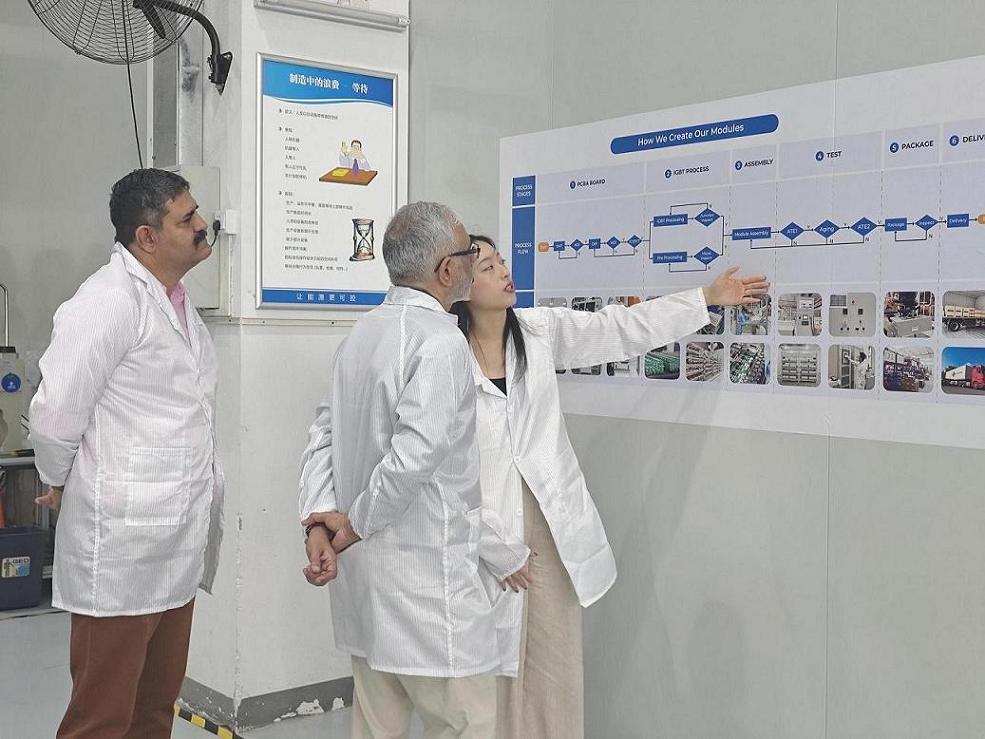
Static Var Generator (SVG) and Energy Saver are both technologies aimed at improving the efficiency of electrical systems, but they work in different ways. However, when used together, they contribute to significant energy savings and improved power quality. Here’s how each operates and how they complement each other:
· An SVG or ASVG is a dynamic device used for reactive power compensation. It continuously adjusts the amount of reactive power supplied to the system, thereby improving the power factor. A low power factor means that a system is drawing more current than necessary, leading to energy losses.
· Energy Efficiency Benefit:
o Improved Power Factor: SVGs help bring the power factor closer to unity, which reduces the amount of current drawn for the same amount of active power. This minimizes energy losses in the distribution system and improves overall energy efficiency.
o Lower Transmission Losses: By compensating for reactive power locally, SVGs reduce the amount of current that needs to be transmitted through power lines, lowering transmission and distribution losses.
· Energy saver devices are typically used to optimize electrical usage in homes, offices, or industrial settings by reducing energy waste. They often manage energy consumption through voltage optimization, reducing idle or standby power, or by improving overall efficiency in power usage.
· Energy Efficiency Benefit:
o Voltage Optimization: These devices ensure that the voltage supplied to equipment is at an optimal level, reducing overvoltage, which leads to energy waste.
o Reduced Idle Energy Consumption: Energy savers can cut down on unnecessary energy consumption when equipment is not in use or running inefficiently.
· Power Factor Correction + Voltage Optimization:
o While the SVG focuses on reactive power compensation to improve the power factor and reduce losses due to poor power quality, the energy saver optimizes voltage and minimizes waste.
· Reduced Energy Losses Across the Network:
o SVGs reduce energy losses by lowering the current in power lines and improving power quality. When combined with energy savers that manage voltage levels, the electrical system becomes more efficient, with fewer losses due to overvoltage or poor power quality.
· Prolonged Equipment Lifespan:
o An optimized electrical system with a high power factor (thanks to the SVG) and properly regulated voltage (thanks to the energy saver) reduces stress on equipment. This means less wear and tear, less downtime, and lower maintenance costs, all of which contribute to energy efficiency.
· Lower Energy Bills: By improving power factor and voltage optimization, the combination of an SVG and an energy saver reduces energy consumption and operational costs.
· Reduced Demand Penalties: Many utilities charge penalties for poor power factor, and an SVG can eliminate these penalties, resulting in further cost savings.
· Both SVGs and energy savers contribute to reducing overall energy consumption, which translates into a lower demand for electricity generation. When less energy is consumed, especially from fossil fuel-based power plants, carbon emissions are reduced.

A Static Var Generator improves the efficiency of electrical systems by optimizing the power factor and minimizing energy losses related to reactive power. An Energy Saver works to optimize voltage and reduce energy waste. Together, they create a more energy-efficient system, leading to lower electricity bills, reduced equipment wear, and environmental benefits.
Subscribe to us to enjoy event prices and get some of the best prices.
 IPv6 network supported
IPv6 network supported

